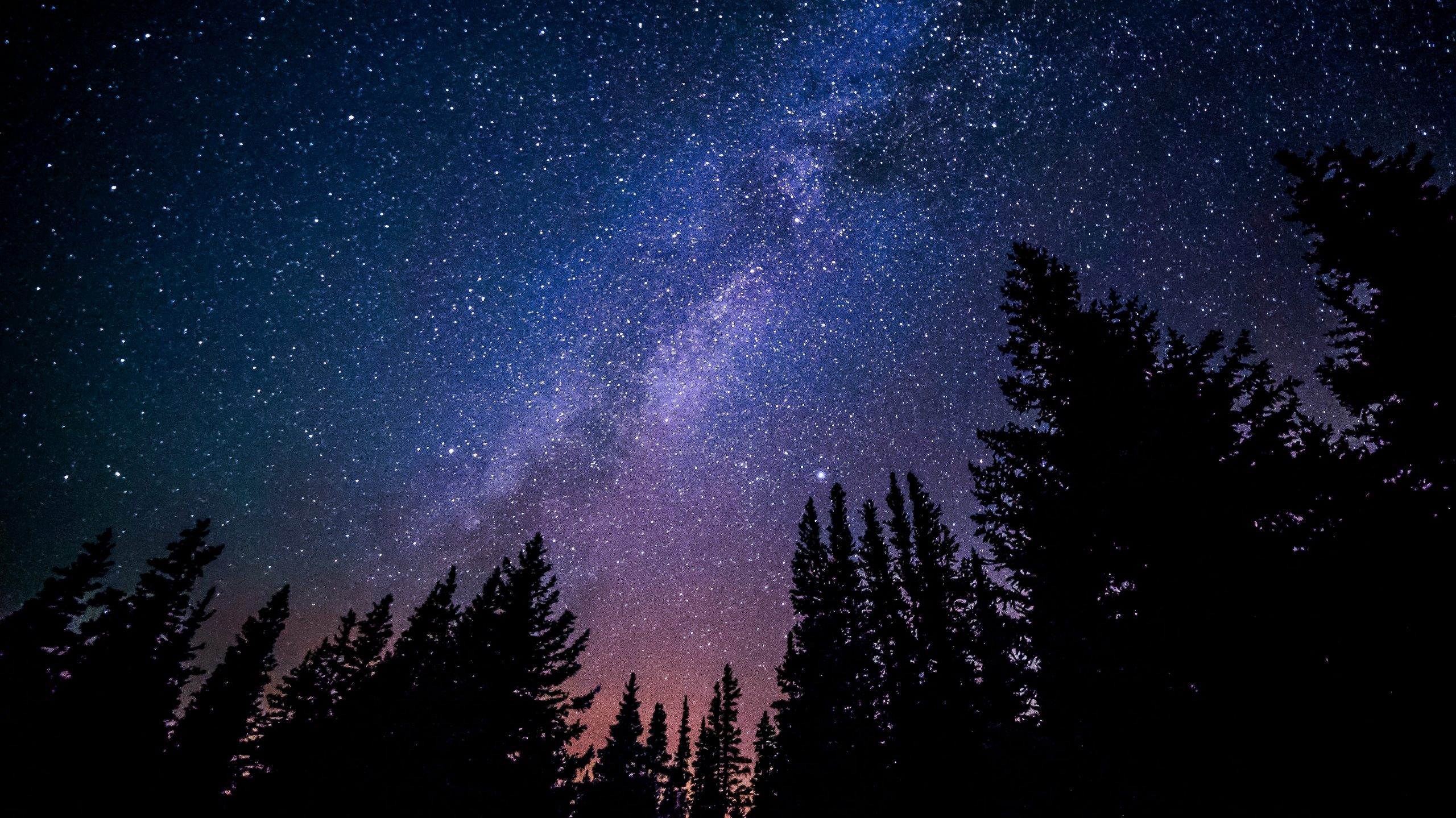South American Civilizations: Inca and Aztec

Before diving in, please note: This post is for informational purposes only. If you’d like to know more about how we approach topics, feel free to check out our friendly Disclaimer Page.
Hey there, amazing readers! 🖐️ Just a quick note: yes, we know there are a lot of ads here. Trust us, we get it—it’s not the prettiest look, but they help us keep this blog alive and kicking. Those pesky little ads cover the costs of all the behind-the-scenes magic, from hosting and tech stuff to creating content we hope you’ll love.
We’re committed to delivering quality posts, and your support (even just sticking around despite the ads) means everything to us. So, bear with us, and thanks for helping us keep the good vibes rolling. Now, on to the fun stuff! 😉
TRANSLATE BUTTON AT THE END OF THE ARTICLE
Introduction to South American Civilizations
South America has been home to several remarkable civilizations throughout history, with two of the most well-known being the Inca Empire and the Aztec Empire.
These civilizations flourished in different regions and periods, each leaving behind a lasting legacy that continues to fascinate historians and archaeologists to this day.
The Inca Empire thrived in the Andean region of South America, while the Aztec Empire dominated central Mexico.
Despite their geographical separation, both civilizations shared some similarities in terms of their impressive achievements in various aspects of society, including architecture, art, religion, and governance.
In this article, we will delve into the histories and cultures of the Inca and Aztec civilizations, exploring their unique characteristics and enduring influence on the world.
Inca Empire: History and Culture
The Inca Empire, also known as Tawantinsuyu, was the largest empire in pre-Columbian America, stretching along the western coast of South America from present-day Ecuador to Chile.
The Incas rose to power in the early 15th century and reached their peak under the leadership of Emperor Pachacuti.
Their society was highly organized, with a sophisticated political system, extensive road networks, and impressive agricultural terraces that allowed them to thrive in the rugged Andean terrain.
The Inca civilization is renowned for its monumental architecture, including the famous Machu Picchu, a UNESCO World Heritage site that showcases the empire’s advanced engineering skills.
In terms of culture, the Incas had a rich tradition of storytelling, art, music, and rituals that reflected their deep connection to the natural world.
Inca Society and Government
Inca society was hierarchical, with the emperor at the top of the social and political hierarchy, followed by the nobility, priests, and commoners.
The emperor, believed to be a descendant of the sun god Inti, held absolute power and was considered divine.
Below him were the nobles, who held important administrative and military positions.
The commoners, who made up the majority of the population, were responsible for farming, crafting, and other essential tasks.
The government was centralized and highly organized, with a system of governors overseeing different regions, and an extensive network of roads used for communication and trade.
The Incas also had a complex system of record-keeping using quipus, knotted strings that served as a form of writing.
Inca Architecture and Engineering
One of the most impressive feats of the Inca civilization was their architectural prowess.
The Incas built cities, temples, and fortresses using massive stone blocks that were precisely cut and fitted together without mortar.
Machu Picchu, the iconic Inca citadel perched high in the Andes, is a prime example of their architectural ingenuity.
The site features intricate stone structures, terraces, and ceremonial plazas that blend seamlessly with the surrounding mountain landscape.
In terms of engineering, the Incas were masters of irrigation, creating extensive networks of canals and terraces to cultivate crops at varying altitudes.
Their sophisticated agricultural techniques allowed them to sustain a large population in a region where farming would otherwise be challenging.
Inca Economy and Trade
The Inca economy was based on a system of collective labor and redistribution of resources.
The government controlled land and labor, with the surplus goods going towards public works projects, religious ceremonies, and supporting the nobility.
The Incas traded extensively within their empire, exchanging goods such as textiles, ceramics, and foodstuffs through a vast network of markets and roads.
They also had a sophisticated system of storing and distributing goods, using storehouses known as qullqas to stockpile supplies in case of famine or other emergencies.
The economy of the Inca Empire was highly regulated, with strict laws governing trade, production, and consumption.
Inca Religion and Beliefs
Religion played a central role in Inca society, with the emperor serving as both a political and religious leader.
The Incas worshipped a pantheon of gods, with Inti, the sun god, being the most important deity.
They believed that the sun was the source of life and prosperity, and many of their rituals and ceremonies were dedicated to honoring Inti.
The Incas also revered the earth goddess Pachamama, who was associated with fertility and agriculture.
Sacrifice was a common practice in Inca religion, with offerings of food, animals, and even humans made to appease the gods and ensure the well-being of the empire.
The Inca religion was deeply intertwined with their daily lives, shaping everything from social hierarchies to agricultural practices.
Aztec Empire: Rise and Fall
The Aztec Empire, also known as the Mexica Empire, was a Mesoamerican civilization that flourished in central Mexico from the 14th to the 16th centuries.
The Aztecs were a nomadic tribe who migrated to the Valley of Mexico and founded their capital city of Tenochtitlan on an island in Lake Texcoco.
Through a combination of military conquest and alliances, the Aztecs expanded their empire to encompass a vast territory, ruling over a diverse population of different ethnic groups.
Despite their impressive achievements in art, architecture, and governance, the Aztec Empire eventually fell to Spanish conquistadors led by Hernan Cortes in 1521, marking the end of their reign.
Aztec Society and Daily Life
Aztec society was highly stratified, with a ruling elite composed of nobles, priests, and warriors, followed by commoners, slaves, and serfs.
The emperor, known as the Huey Tlatoani, wielded significant political power and was considered a divine figure.
The Aztecs had a complex system of tribute and taxation, with conquered regions required to pay homage to the capital through goods, labor, or human sacrifices.
Daily life in Aztec society revolved around agriculture, trade, and religious ceremonies.
The Aztecs were skilled farmers who cultivated maize, beans, and squash using advanced irrigation techniques.
They also engaged in long-distance trade, exchanging goods such as obsidian, feathers, and textiles with neighboring civilizations.
Aztec Military and Warfare
The Aztecs were formidable warriors who built a powerful military machine to expand and defend their empire.
Their army was composed of professional soldiers, known as the eagle and jaguar warriors, who were highly trained and disciplined.
The Aztecs employed various tactics in battle, including ambushes, siege warfare, and psychological warfare to intimidate their enemies.
Human sacrifice was a central aspect of Aztec warfare, with captives taken in battle often offered as sacrifices to the gods.
The Aztecs believed that these sacrifices were necessary to ensure the continued prosperity of their empire and to honor the deities who protected them in battle.
Aztec Arts and Culture
The Aztecs were accomplished artists and craftsmen, known for their intricate pottery, sculpture, and featherwork.
They created elaborate headdresses, masks, and garments adorned with colorful feathers from tropical birds.
Aztec art often depicted religious themes, with images of gods, rituals, and mythical creatures dominating their artistic repertoire.
Architecture was another significant aspect of Aztec culture, with impressive temples, pyramids, and palaces built to honor the gods and commemorate important events.
The Aztecs also excelled in music, dance, and poetry, using these art forms to express their religious beliefs and cultural identity.
Aztec Religion and Rituals
Religion played a central role in Aztec society, with a complex pantheon of gods and goddesses governing different aspects of life.
The Aztecs worshipped deities such as Huitzilopochtli, the god of war and the sun, and Tlaloc, the god of rain and agriculture.
Human sacrifice was a fundamental aspect of Aztec religion, with victims chosen to appease the gods and ensure the fertility of the land.
The Aztecs believed that the sun god Huitzilopochtli required constant nourishment through blood sacrifice to continue his daily journey across the sky.
Rituals and ceremonies were held regularly to honor the gods and seek their favor for the well-being of the empire.
Legacy of the Inca and Aztec Civilizations
The legacies of the Inca and Aztec civilizations continue to endure in the modern world, influencing art, architecture, religion, and culture across the globe.
The Inca Empire’s architectural marvels, such as Machu Picchu, have become iconic symbols of ancient engineering and design.
The Incas’ advanced agricultural techniques, including terrace farming and irrigation, have inspired sustainable farming practices in mountainous regions around the world.
In terms of the Aztec Empire, their artistic achievements in featherwork, sculpture, and pottery have left a lasting impact on Mesoamerican art and design.
The Aztecs’ complex religious beliefs and rituals have influenced contemporary understandings of indigenous spirituality and worldview.
Conclusion
In conclusion, the Inca and Aztec civilizations were two of the most remarkable societies in South American history, each leaving behind a rich legacy of art, architecture, religion, and governance.
The Incas’ sophisticated society, with its organized government, advanced engineering, and vibrant culture, showcases the heights of Andean civilization.
The Aztecs’ powerful military, intricate arts, and complex religious practices highlight the ingenuity and creativity of Mesoamerican culture.
Despite their eventual decline at the hands of European invaders, the legacies of the Inca and Aztec civilizations live on in the memories of those who marvel at their achievements and contributions to the world.

The Enlightenment Journey is a remarkable collection of writings authored by a distinguished group of experts in the fields of spirituality, new age, and esoteric knowledge.
This anthology features a diverse assembly of well-experienced authors who bring their profound insights and credible perspectives to the forefront.
Each contributor possesses a wealth of knowledge and wisdom, making them authorities in their respective domains.
Together, they offer readers a transformative journey into the realms of spiritual growth, self-discovery, and esoteric enlightenment.
The Enlightenment Journey is a testament to the collective expertise of these luminaries, providing readers with a rich tapestry of ideas and information to illuminate their spiritual path.
Our Diverse Expertise 🌟
While our primary focus is on spirituality and esotericism, we are equally passionate about exploring a wide range of other topics and niches 🌍📚. Our experienced team is dedicated to delivering high-quality, informative content across various subjects ✨.
To ensure we provide the most accurate and valuable insights, we collaborate with trusted experts in their respective domains 🧑🏫👩🏫. This allows us to offer well-rounded perspectives and knowledge to our readers.
Our blog originally focused on spirituality and metaphysics, but we’ve since expanded to cover a wide range of niches. Don’t worry—we continue to publish a lot of articles on spirituality! Frequently visit our blog to explore our diverse content and stay tuned for more insightful reads.




